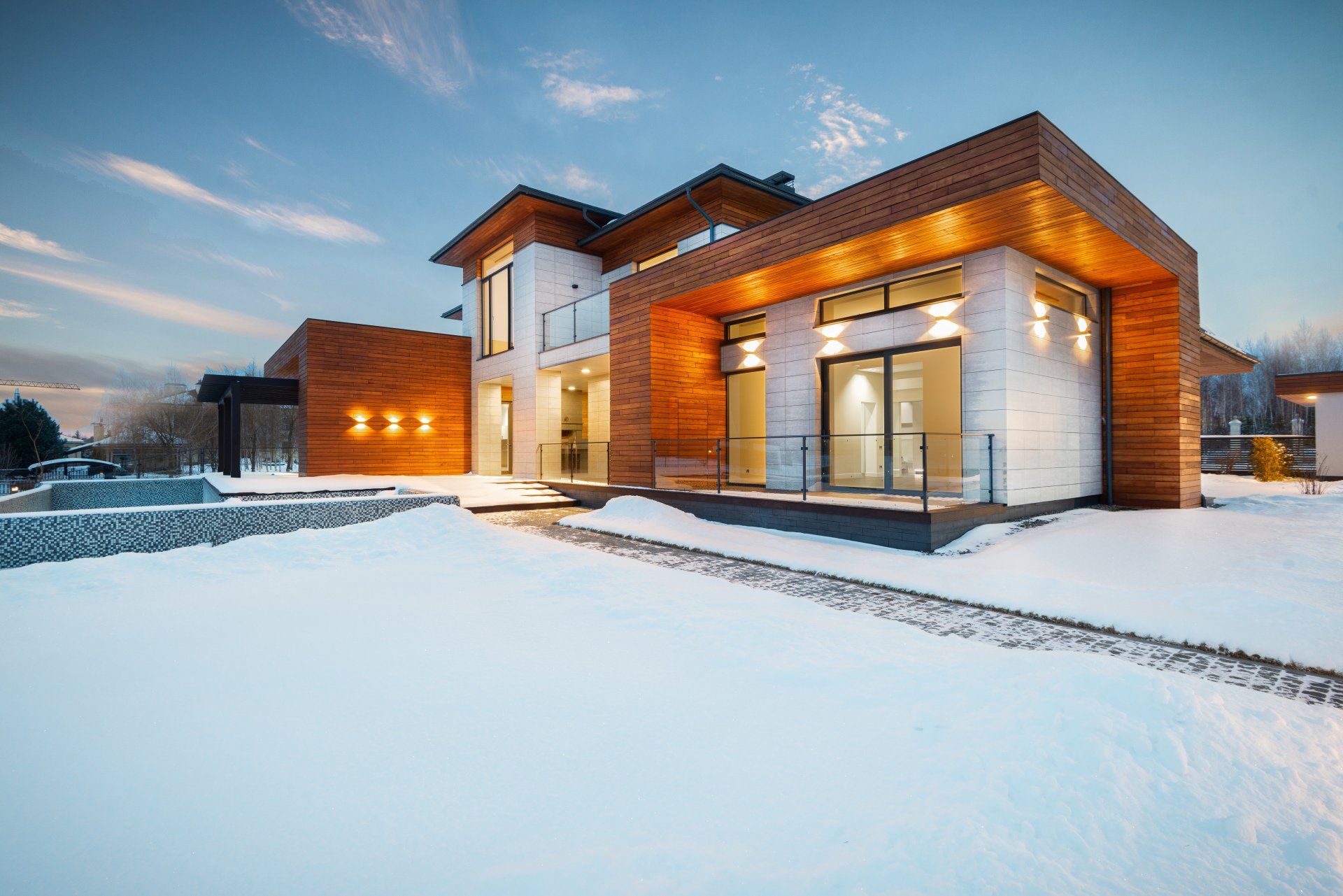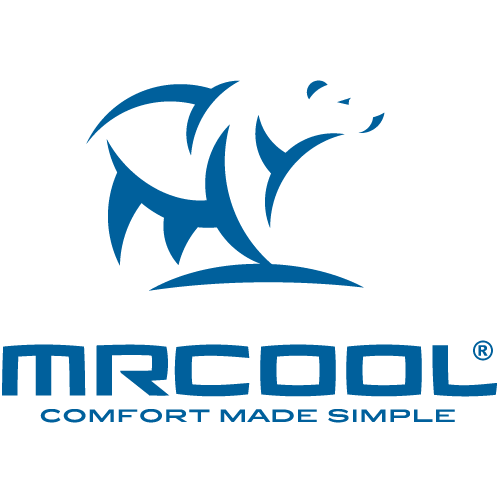How does the electric snow melting system compare to hot water tubing (hydronic) systems?
Author: Eagle Air Heating & Cooling
Electric snow melting systems and hot water tubing (hydronic) systems both offer effective solutions for melting snow and ice on driveways, but they differ in several key aspects.
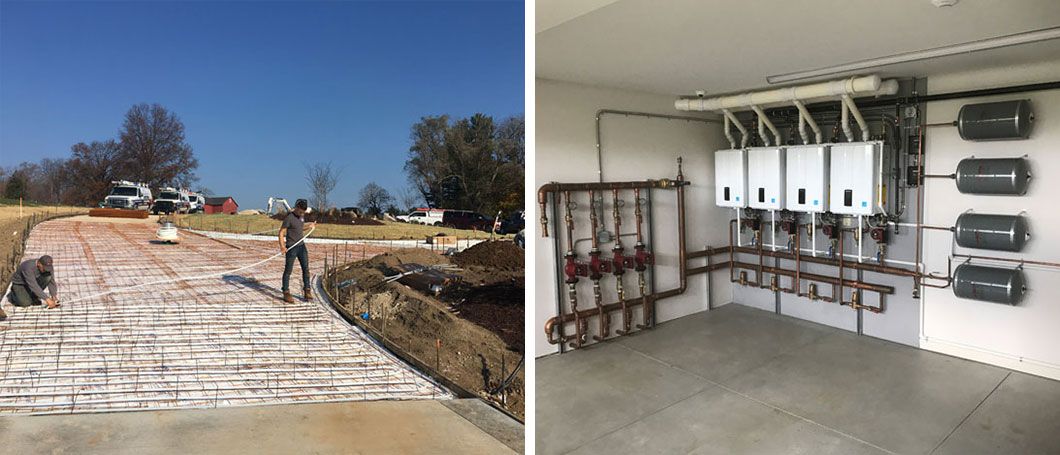
Heat Source:
- Electric systems: Electric snow melting systems rely on electric heating elements, such as cables or mats, installed beneath the driveway surface. These heating elements generate heat when electricity passes through them.
- Hydronic systems: Hydronic systems use a network of tubing installed beneath the driveway surface through which hot water flows. The water is heated by a boiler or other heat source located elsewhere on the property.
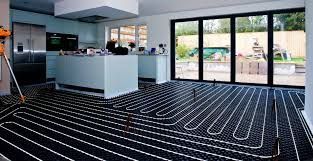
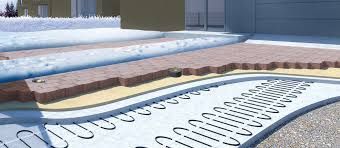
Energy Efficiency:
- Electric systems: Electric snow melting systems are generally easier and less expensive to install compared to hydronic systems. They can also be more energy-efficient when properly designed and controlled, as they only consume electricity when heating is required.
- Hydronic systems: Hydronic systems may be more energy-efficient in the long run, particularly in areas where electricity costs are high and natural gas or other fuel sources for boilers are relatively cheaper. However, they typically require more complex installation and maintenance processes.
Installation and Maintenance:
- Electric systems: Electric snow melting systems are typically easier and quicker to install compared to hydronic systems. They do not require a separate boiler room or extensive piping, which simplifies the installation process and reduces upfront costs. Maintenance for electric systems is also generally less complex.
- Hydronic systems: Installing hydronic systems involves more intricate plumbing work and may require additional space for a boiler room or mechanical room. This can result in higher installation costs and longer project timelines. Additionally, hydronic systems may require periodic maintenance of the boiler and piping infrastructure.
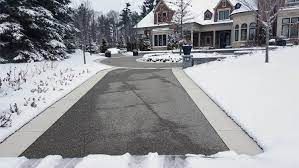
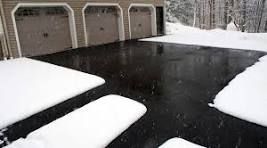
Performance and Response Time:
- Electric systems: Electric snow melting systems can provide rapid response times, as they can generate heat almost instantly when activated. This allows for efficient snow and ice melting, enhancing safety and convenience.
- Hydronic systems: Hydronic systems may have slower response times compared to electric systems, as they rely on circulating hot water to heat the driveway surface. However, once the system is operational, it can maintain consistent temperatures effectively.
Cost Considerations:
- Electric systems: While electric snow melting systems may have lower upfront installation costs, particularly for smaller areas, they can lead to higher operating costs over time, especially in regions with expensive electricity rates.
- Hydronic systems: Hydronic snow melting systems often have higher initial installation costs due to the complexity of the system and the need for a boiler. However, they may offer lower operating costs in the long term, particularly in areas where natural gas or other fuel sources are more economical than electricity.
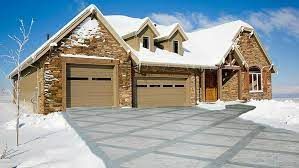

When your air conditioner or heat pump starts losing efficiency, blowing warm air, or making strange hissing noises, a refrigerant leak might be the hidden culprit. At Eagle Air Heating and Cooling in Plainfield, IL, we specialize in advanced refrigerant leak detection and repair services that restore your HVAC system’s performance and keep your home comfortable year-round. In this article, we’ll explore the importance of refrigerant leak detection, the signs and risks of leaks, our expert diagnostic methods, and why Eagle Air is the trusted HVAC contractor for homeowners and businesses across the Plainfield area.



